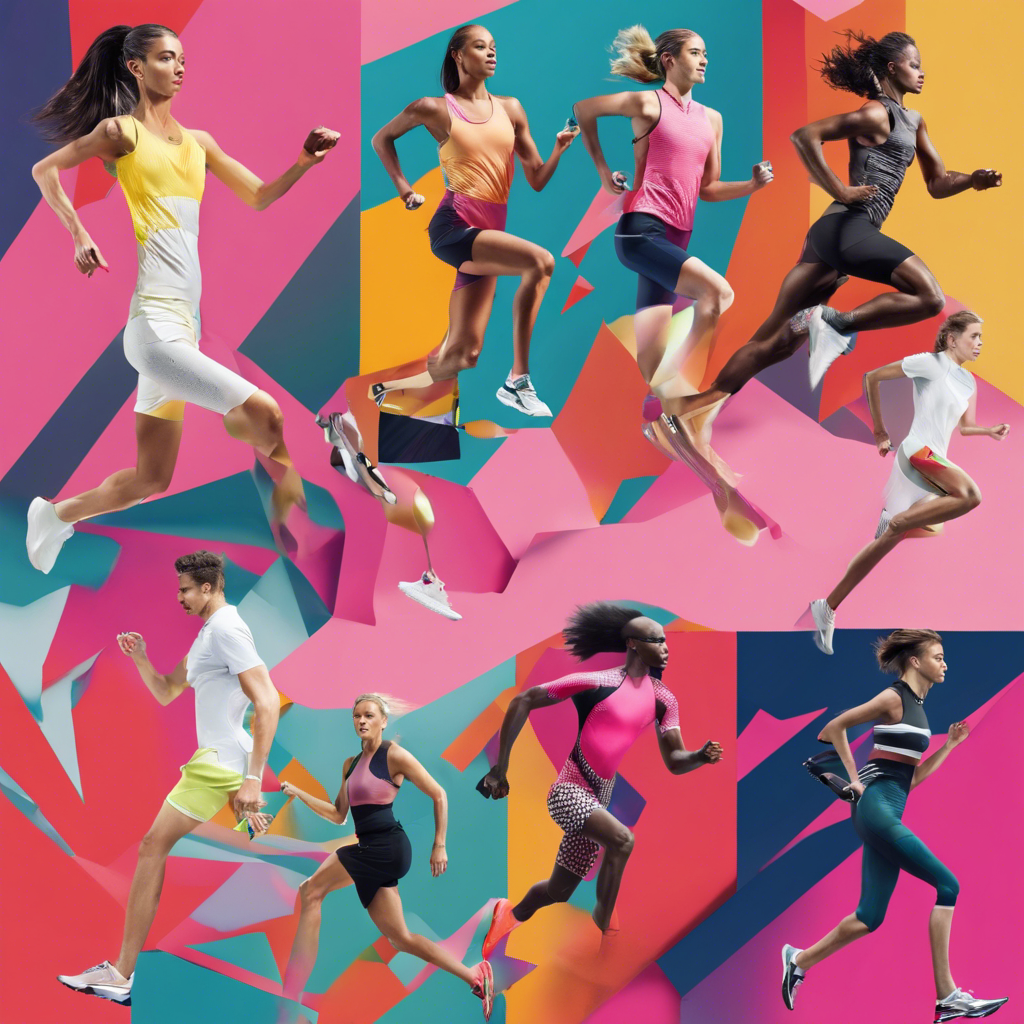The Rise of Fashion-Forward Running Brands: Where Performance Meets Style

Indie running brands like Satisfy, District Vision, and norda are revolutionizing the world of running apparel, offering fashion-forward garments that prioritize both performance and style.
Gone are the days when running apparel was purely utilitarian. The rise of indie running brands like Satisfy, District Vision, and norda has ushered in a new era of performancewear that combines fashion-forward design with cutting-edge technology. As running continues to gain popularity, especially during the pandemic, consumers are seeking activewear that not only enhances their performance but also reflects their personal style. These brands have bridged the gap between luxury fashion and athletic apparel, offering a careful balance of aesthetics and functionality.
The Evolution of Running Apparel: From Function to Fashion
In the past, running apparel focused primarily on function, with little regard for style. Brands like Nike, with its iconic Windrunner jacket, introduced fashion-forward elements, but the divide between luxury fashion and athletic apparel remained. Brands catering to activities like yoga and pilates targeted women with lifestyle-meets-performance gear. Running, as a high-intensity sport, did not prioritize athleisure wear.
However, as the demand for stylish running wear grew, boutique brands emerged to fill the gap. These brands, including Satisfy, District Vision, and norda, challenge the notion that running apparel should sacrifice style for performance. They produce small-batch, individually engineered garments that combine technical capabilities with fashion-forward designs.
The Aesthetic Appeal of Indie Running Brands
While brands like Satisfy, District Vision, and norda resist being labeled as “luxury” or “fashion,” there is an undeniable overlap between their exclusive products, cult followings, and higher-than-average retail prices. Satisfy, founded in 2015, describes its products as “romantic performancewear” and offers a range of shorts, tights, and base layers with an emphasis on technical specifications. District Vision, known for its running eyewear, combines outdoor spirit with Japanese engineering, offering futuristic shades and upgraded staple pieces with unique materials and embellishments. norda, with its debut trail shoe, has filled a gap in the industry by combining technical capabilities with retro designs that appeal to both runners and fashion-conscious individuals.
The Appeal of Exclusivity and Craftsmanship
Boutique running brands, by nature, produce less stock, enabling them to leverage exclusivity to create demand and maintain a sense of prestige. These brands prioritize meticulous design and craftsmanship, offering a sophisticated alternative to mass-produced athletic apparel. Luxury groups, recognizing the potential financial gains, have started investing in these running brands. Italian luxury group Ermenegildo Zegna recently acquired a minority stake in norda, acknowledging the value of dedicated running brands in the performancewear market.
The Intersection of Running and Contemporary Trends
Fashion institutions have also taken notice of the growing interest in luxury performancewear. Collaborations between independent running brands and established fashion or athletic apparel brands have further solidified the appeal of fashion-forward running gear. Tracksmith collaborated with NOAH for a New York Marathon capsule, while Bandit partnered with ASICS to develop a marathon training program. Satisfy has collaborated with brands like Osprey and Salomon, expanding its reach beyond running.
Conclusion:
The rise of indie running brands has revolutionized the world of running apparel, offering a new genre of performancewear that champions both style and functionality. These brands have successfully bridged the gap between luxury fashion and athletic apparel, catering to the growing demand for activewear that reflects personal style and adapts to lifestyle wear. As more runners invest in higher-quality, upscale performancewear, the running culture continues to evolve, allowing individuals to express their unique version of running culture while still prioritizing performance.

